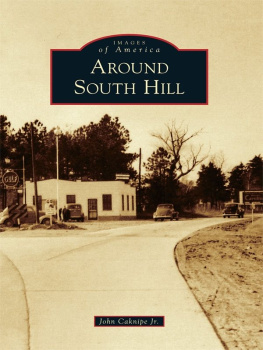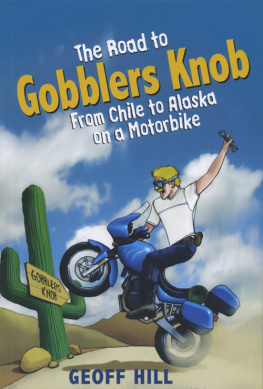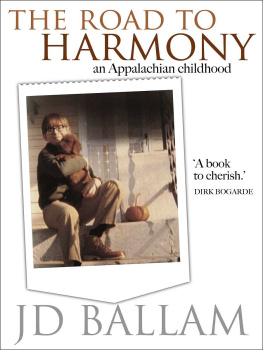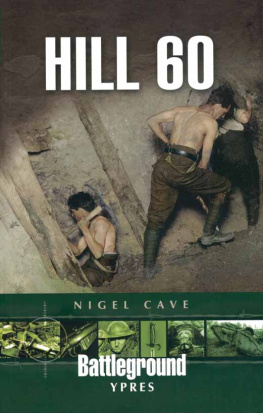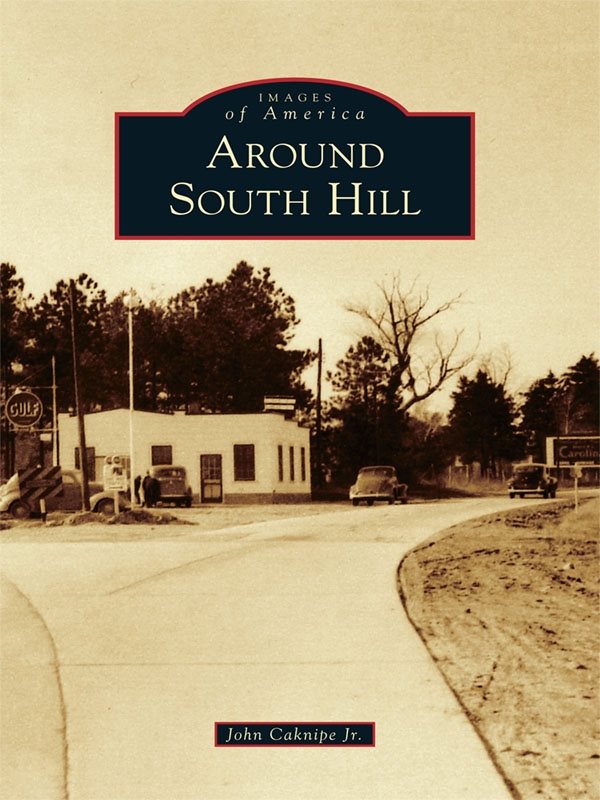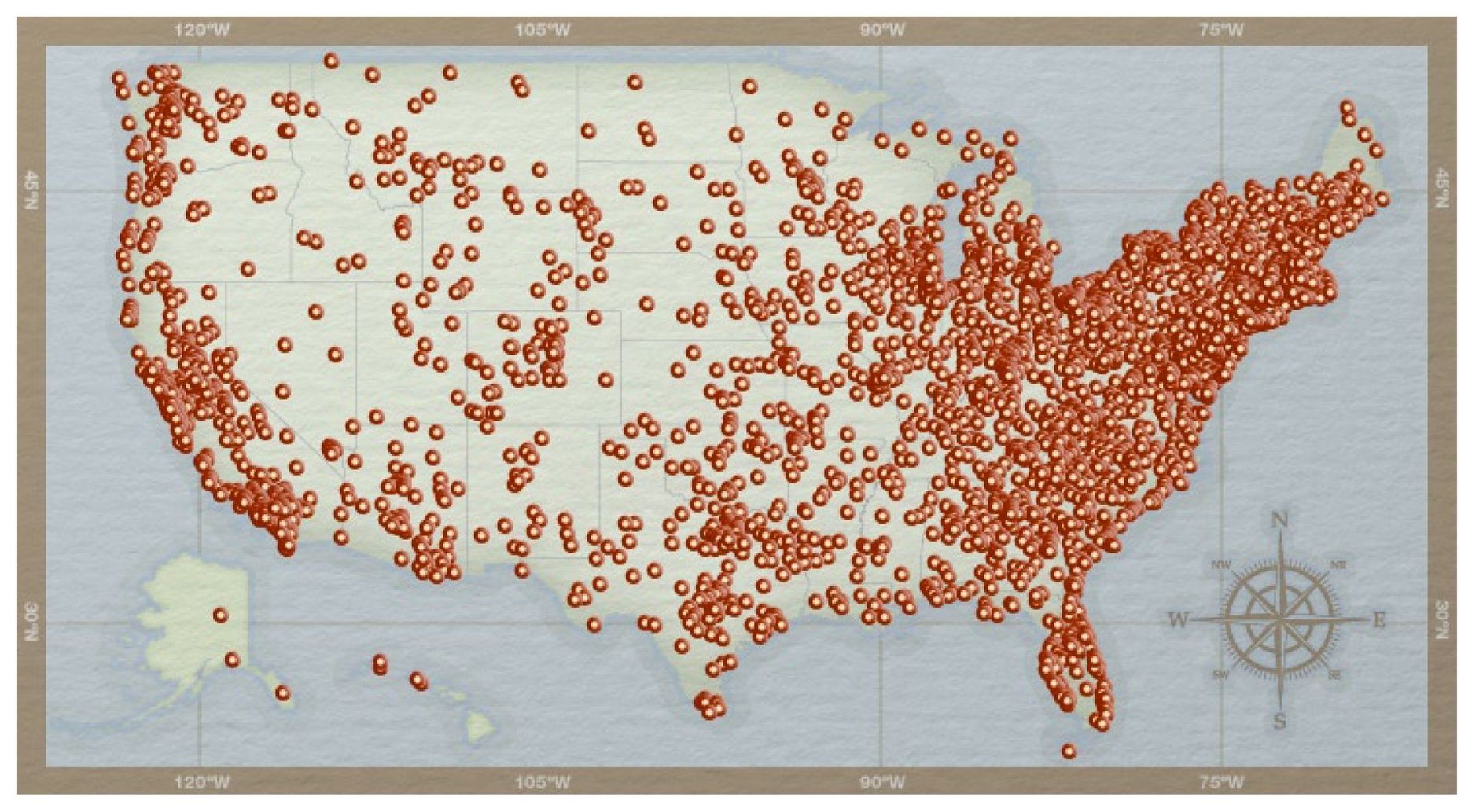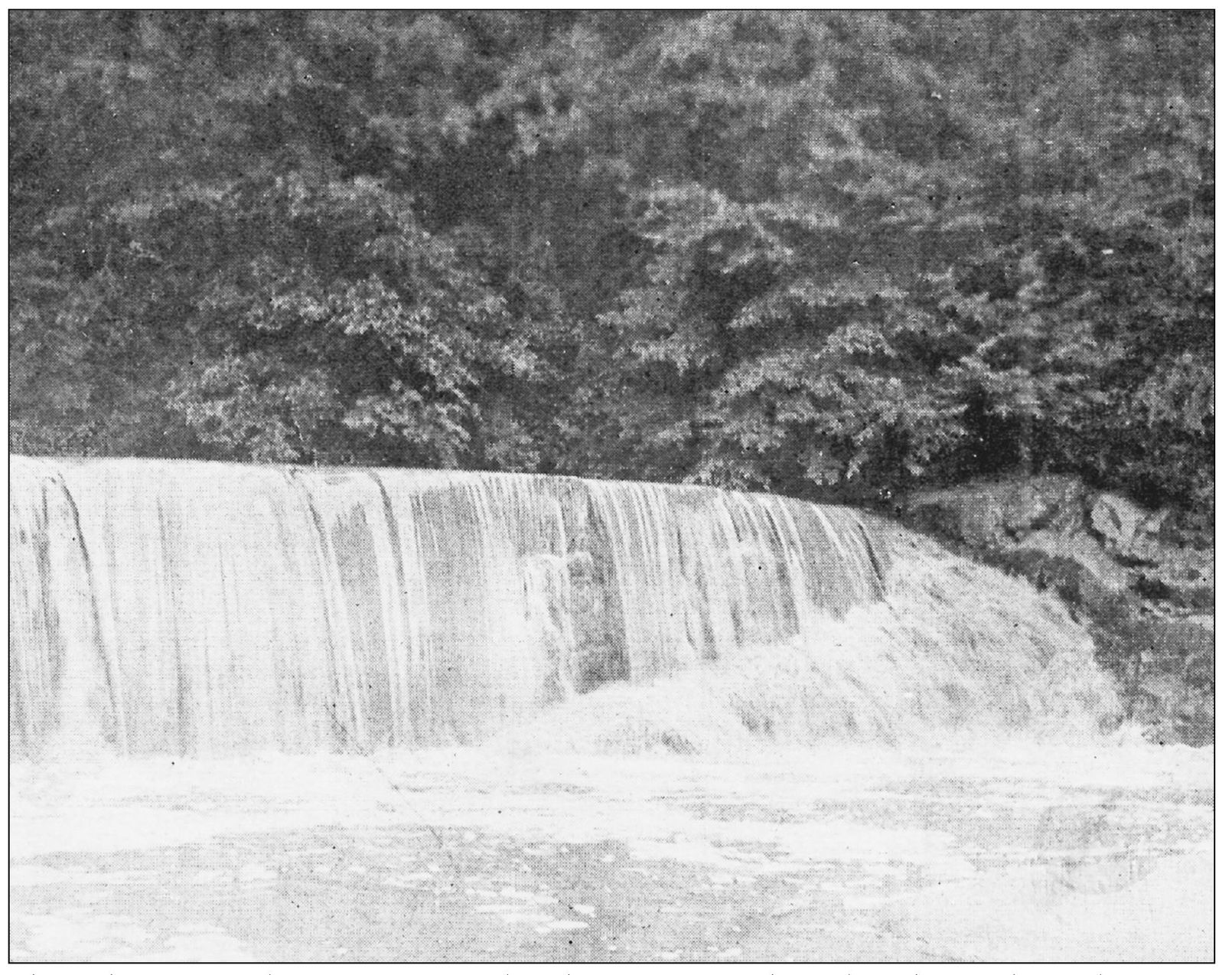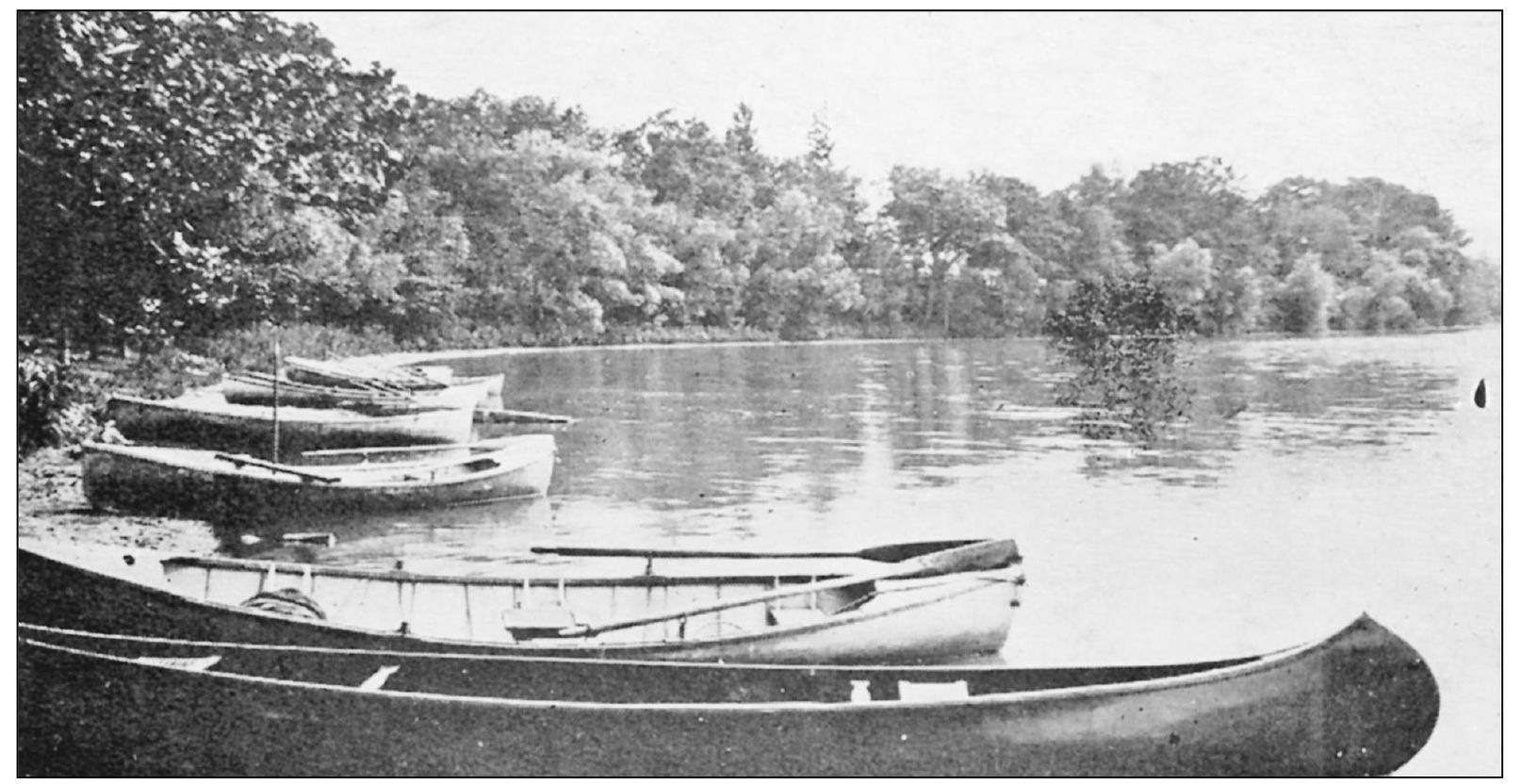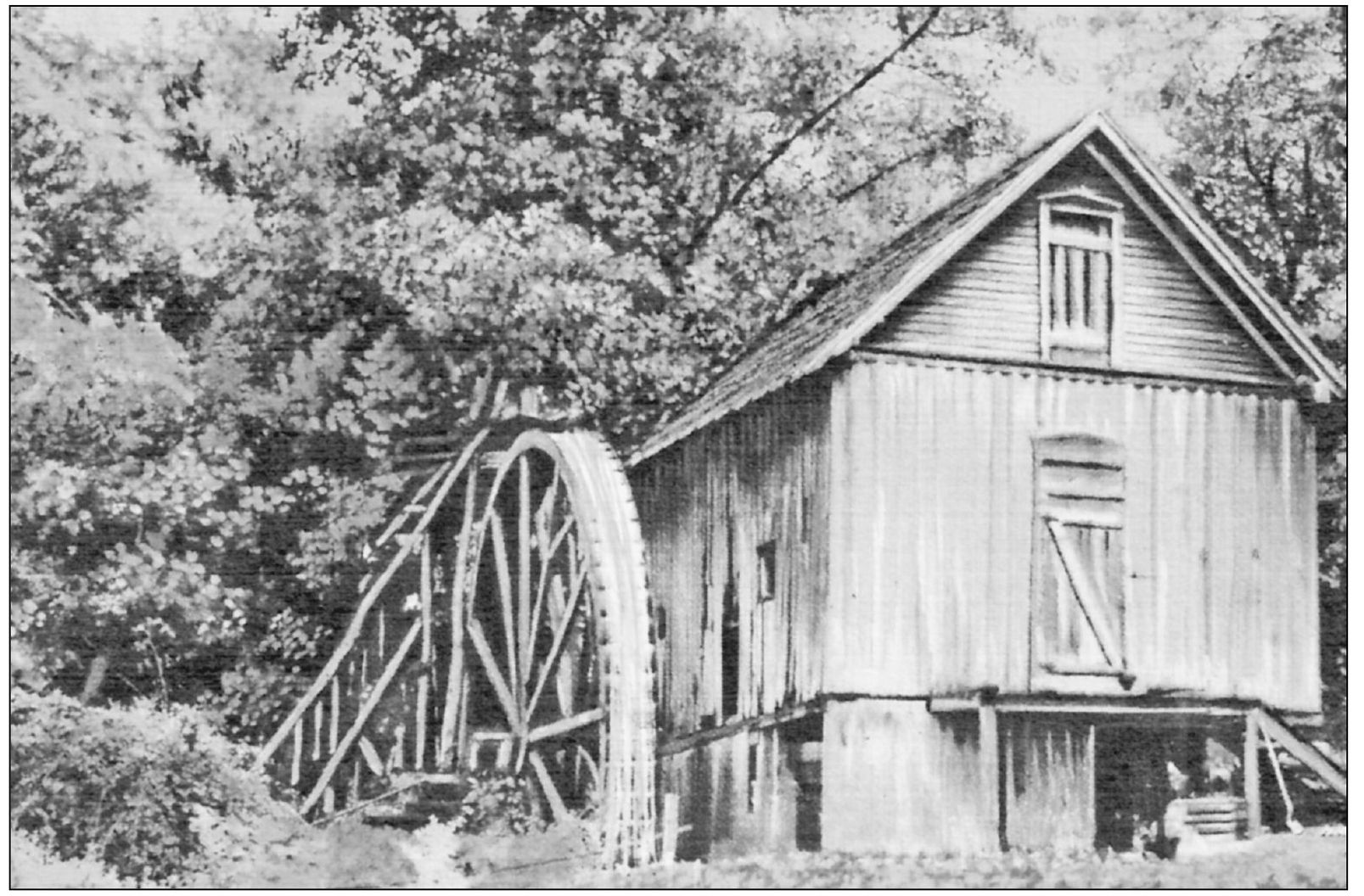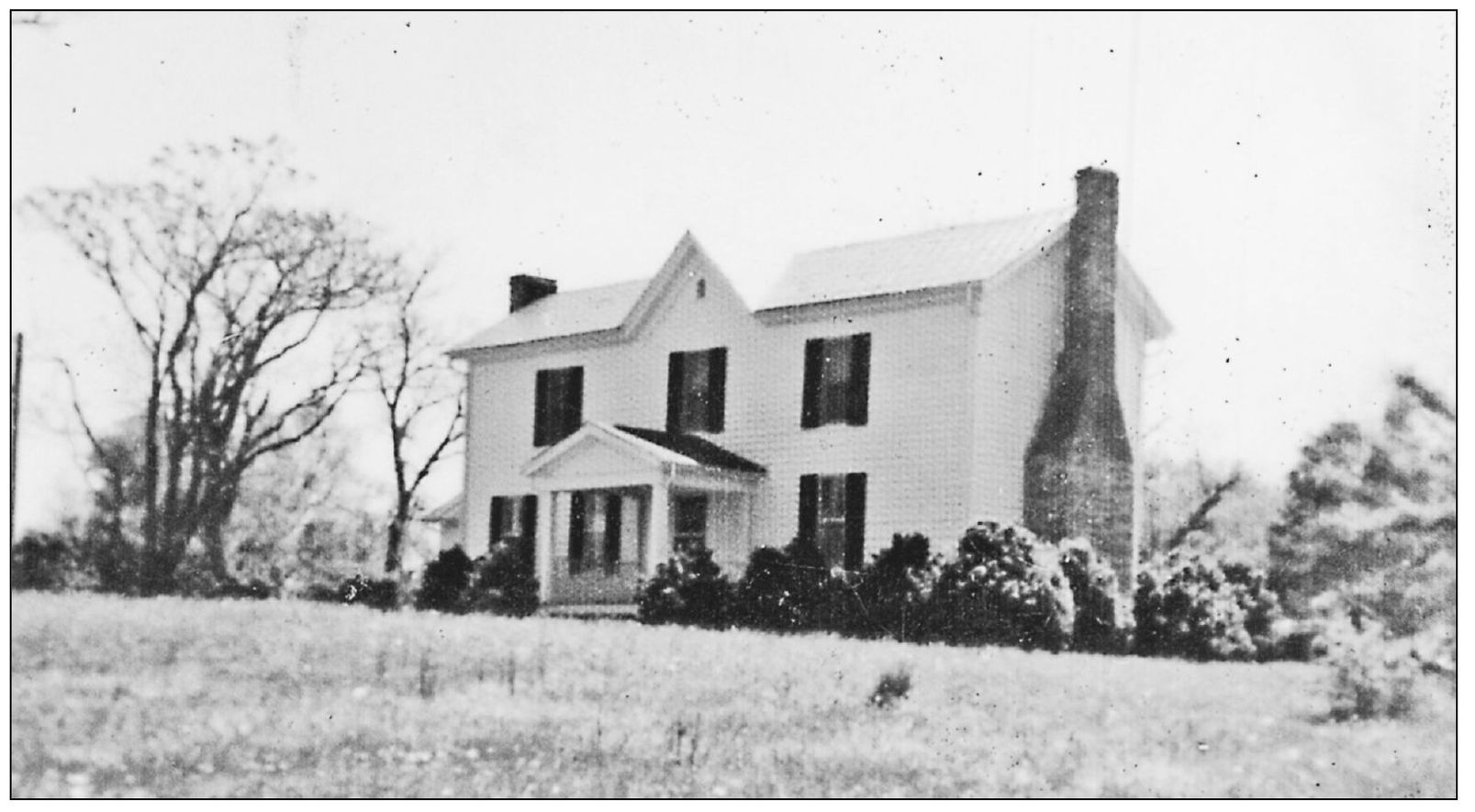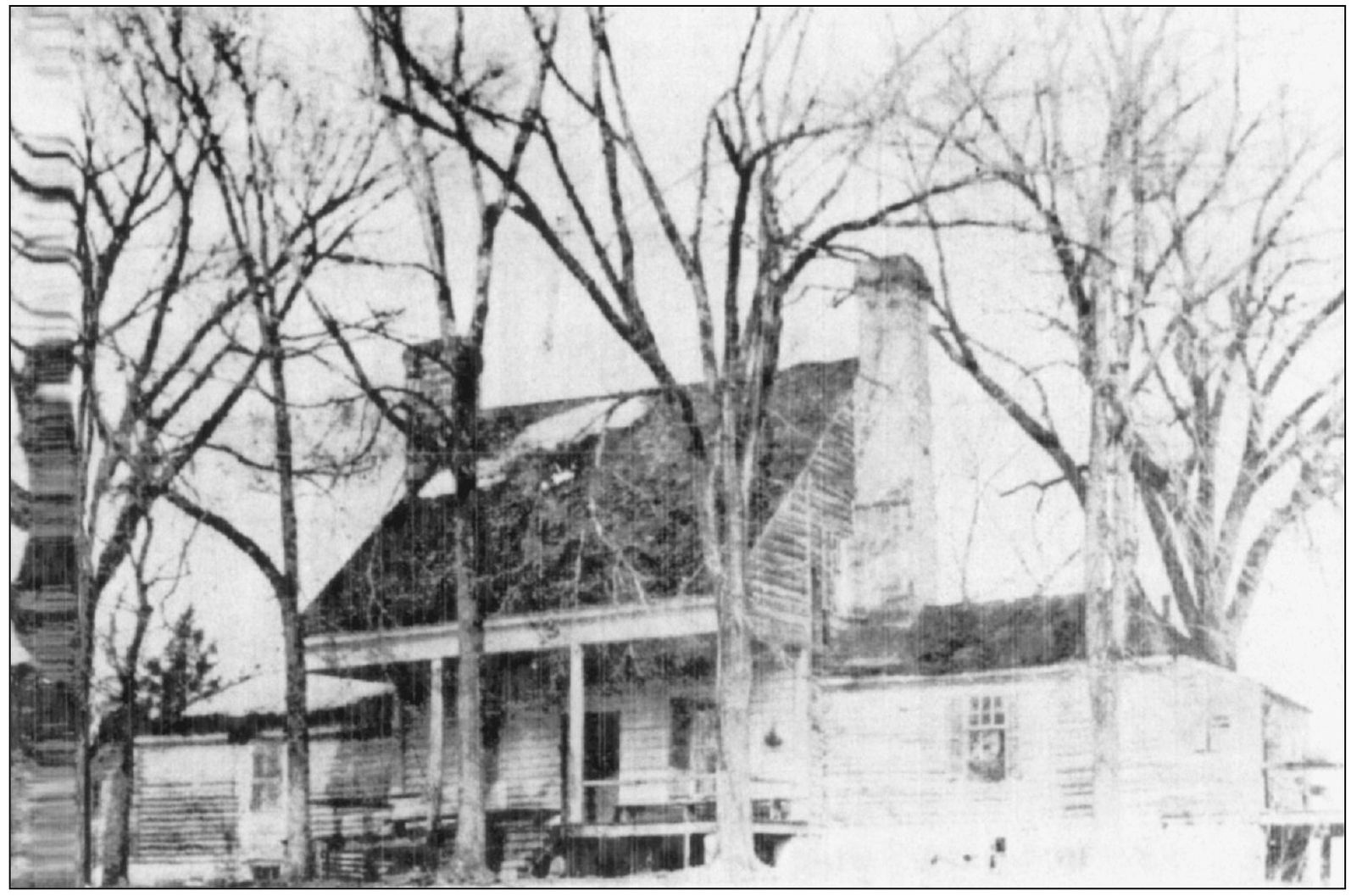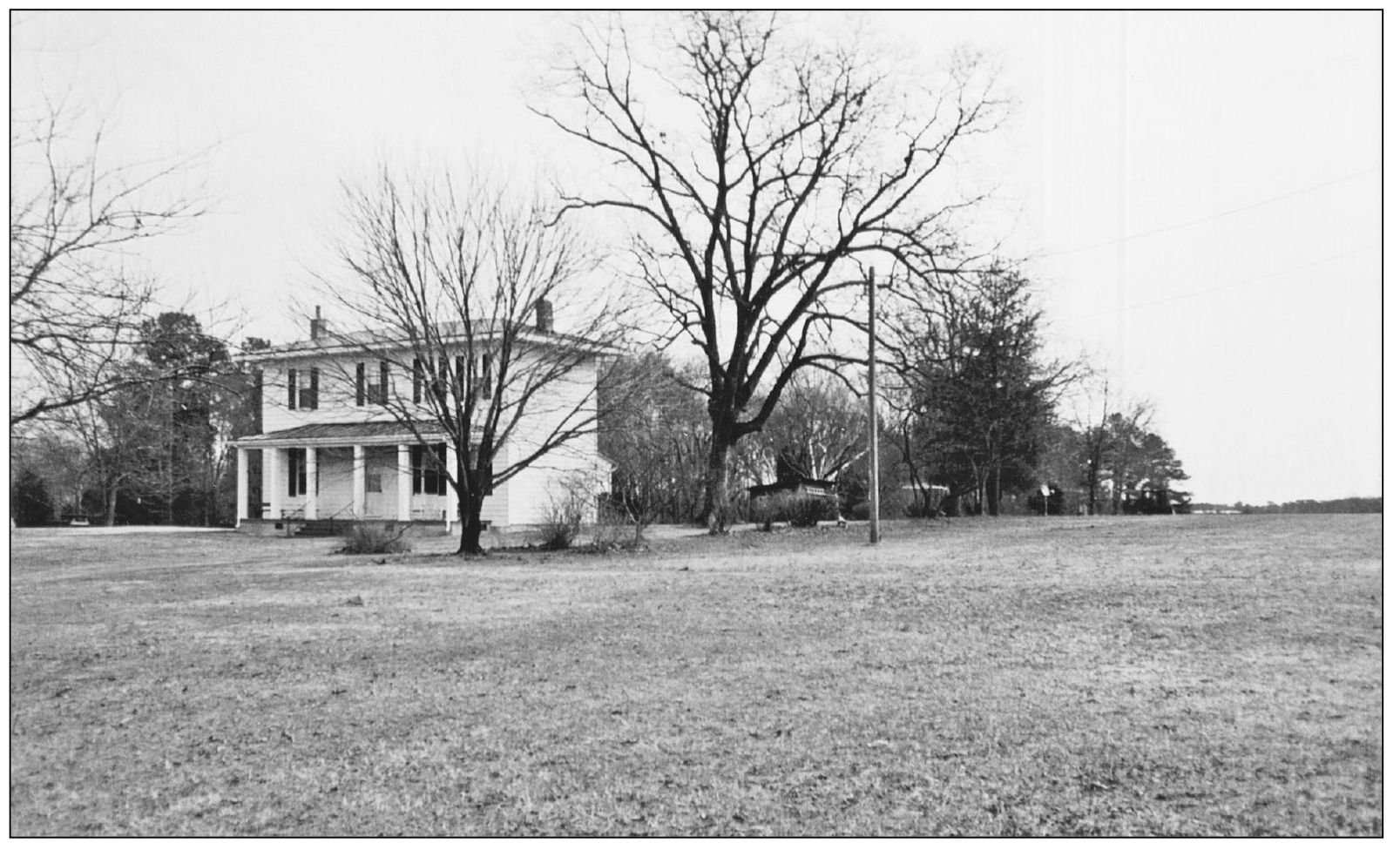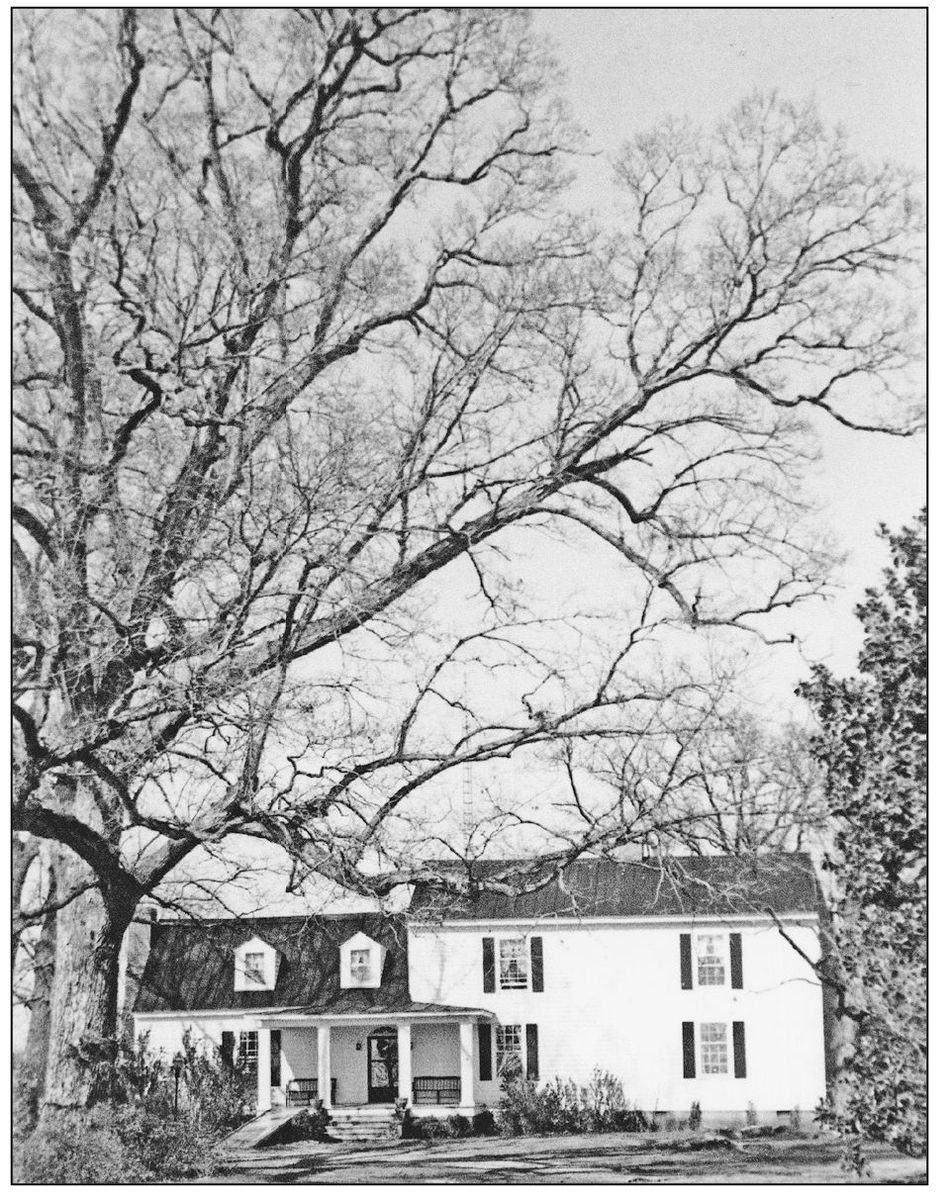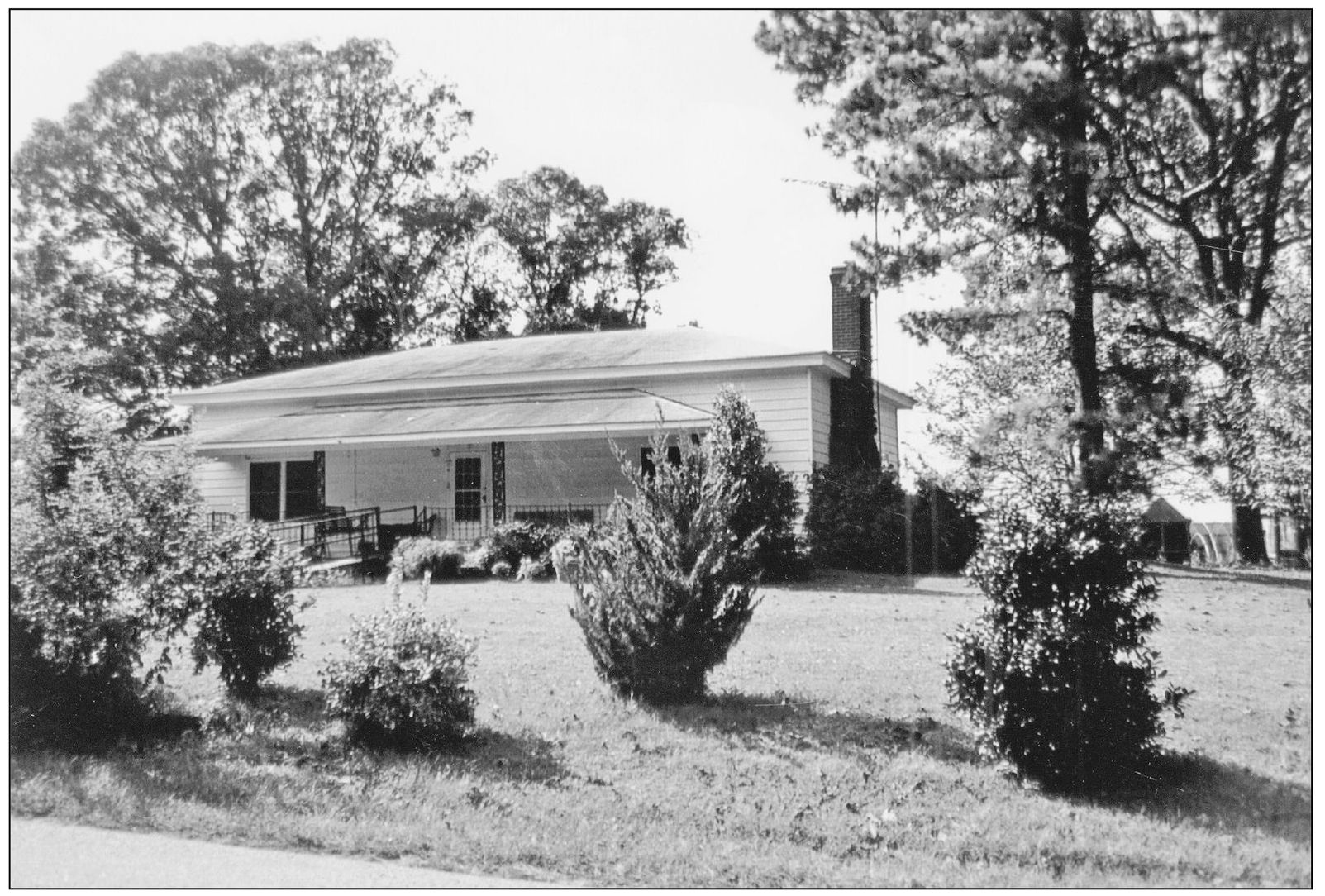ACKNOWLEDGMENTS
A great many people have helped with the history, stories, and photograph collections for this book. Two years ago, William Gregory sent me his collection, and Frank Malone of the South Hill Chamber of Commerce and museums provided me a copy of their collection of photographs from the recent 100th anniversary celebration. The unique family collections of Beth Kinley Dunn, Roy and John Wootton, Waller Randolph Hites great-grandfather Waller Taylor Bracey, Dwight L. Moody Jr., Larrie Matthews and Rick Hendrick of Hendrick Motorsports, Jimmy Thompson, and Tommy and Judy Stanley all added special dimensions to each chapter. Photographs by R. L. Harris Sr., Peter M. Axson Jr., Joe Noah of Lakeside Flight, Parker Oil Company, Inc., and the U.S. Army Corps of Engineers helped to put a unique perspective on the communities. Collections of Virginia Dare Wright, Jennifer Reamey, Ellen Thompson of Community Memorial Health Center, Ida Mae Callahan, Virginia Newton Minnich, John Edward Goode Taylor, and St. Andrews Church were invaluable for rounding out several of the stories. Many others provided photographs and are referenced in the text, but a special thank you goes to the Mecklenburg County Clerks office and staff, Frank Nanny Jr., South Side Regional Libraries of Boydton and South Hill, Peebles corporate office, and CWO3 (Ret., U.S. Army) Ronnie Bugg for their contributions, histories, and research.
I want to thank Nick Elmes of the South Hill Enterprise for his support and encouragement and to Mrs. Anne Brulatour Sr., along with other members of the Rose family and Rosemont farm (orchard), vineyard, and winery for their support, history, and encouragement.
To Arcadia Publishing for the support and opportunity to publish this volume, thank you. And lastly, to my unyielding supporter, encourager, photographer, scanner, printer, motivator, critic, and love of my life, my wife, Betty McKinney Caknipe, thanks!
The following are abbreviated in the courtesy lines:
Betty McKinney Caknipe (BMC)
U.S. Army Corps of Engineers (COE)
Memory of Clara and Spot Thompson (CST)
John Caknipe Jr. (JC)
Memory of Peter M. Axson Jr. (PMA)
South Hill Chamber of Commerce (SHC)
South Hill Museums: doll, railroad, tobacco farm life, and wildlife (SHM)
Tommy and Judy Stanley (TJS)
William C. Gregory (WCG)
Memory of Waller Taylor Bracey by great-grandson Waller Randolph Hite (WRH)
Find more books like this at
www.imagesofamerica.com
Search for your hometown history, your old
stomping grounds, and even your favorite sports team.
One
THE EARLY BEGINNINGS
The Meherrin River begins near Natural Bridge, Virginia, and travels to the North Carolina coast at the northern tip of the Albemarle Soundused for commerce of batteaux for trading goods, supplies, and slaves in exchange for furs, tobacco, cotton, peanuts, wheat, and corn in the 18th century. Much smaller than the Roanoke River, traveling the Meherrin was a short season, and it was used primarily for irrigation, fishing, and water supply for mills and stills. (WCG.)
The Roanoke River stretches from the Roanoke Valley in Virginia to the southern tip of the Albemarle Sound. It was used beginning in the 17th century for trade and, by 1830, had a steamship line, moving seasonally, that traveled up and down the river. Ports were established to create trade centers all along the river from Roanoke Rapids, North Carolina, to Brookneal, Virginia, and at Clarksville, Virginia, the ships could cross over into the Dan River and proceed on to Danville, Virginia. (TJS.)
Gristmills dotted the countys waterwaysrivers and creeks. A necessity for plantation and community, the mill was a major production plant of flour, feed, and sawmill operations. A miller always wanted a neighbor to be an apprenticed wheelwright or blacksmith for maintenance, repairs, and expansion. Payment was a percentage of the product produced, which would be used for barter. (TJS.)
China Grove was the first known plantation established along the Roanoke River before 1700. With a new governor in office, Samuel Bugg of New Kent County began to patent lands along the Roanoke and even traded with the local Native Americans in the 1680s and 1690s. The central part of this structure is believed to have been completed before 1700 by Bugg. The home burned in 1975. (CWO3 Ronnie Bugg.)
About a mile downstream, Samuel Bugg III built his home around 1771 on a 400-acre parcel named Elm Hill. In 1781, he was advertising the home for sale in a Williamsburg paper. In this ad, he included a lengthy description of the amenities and orchards, and described the house as newly remodeled. It was purchased by Sir Peyton Skipwith. Archeologists have found ruins on the grounds of a 16th-century town being located along the river. (Clarksville Regional Museum.)
Dr. V. H. Hicks came to the area around 1810 and built this home between the Roanoke and Meherrin Rivers. In 1867, he became ill and was cared for by Dr. Latinius I. Rose in his home/ hospital for 13 days before he died. The home and property had been purchased in 1844 by Walter Hite, who later divided it among his children. One daughter married a Butterworth who operated a thriving dairy for many years in this area, which became known as Flat Creek. (Patsy Boswell.)
Around 1780, the Thomas family built their home near Blacks Ferry, Joyceville. In 1850, the farm was purchased by Dr. William F. Pennington. Completing a new and larger home nearby on Poplar Creek, he sold the farm to Dr. Latinius Rose in 1858, and it is now known as Rosemont. It served as a hospital during the Civil War. The farm is still in operation and in the Rose family today and hosts Rosemont Winery. (Anne S. Brulatour, fifth mistress of Rosemont.)

